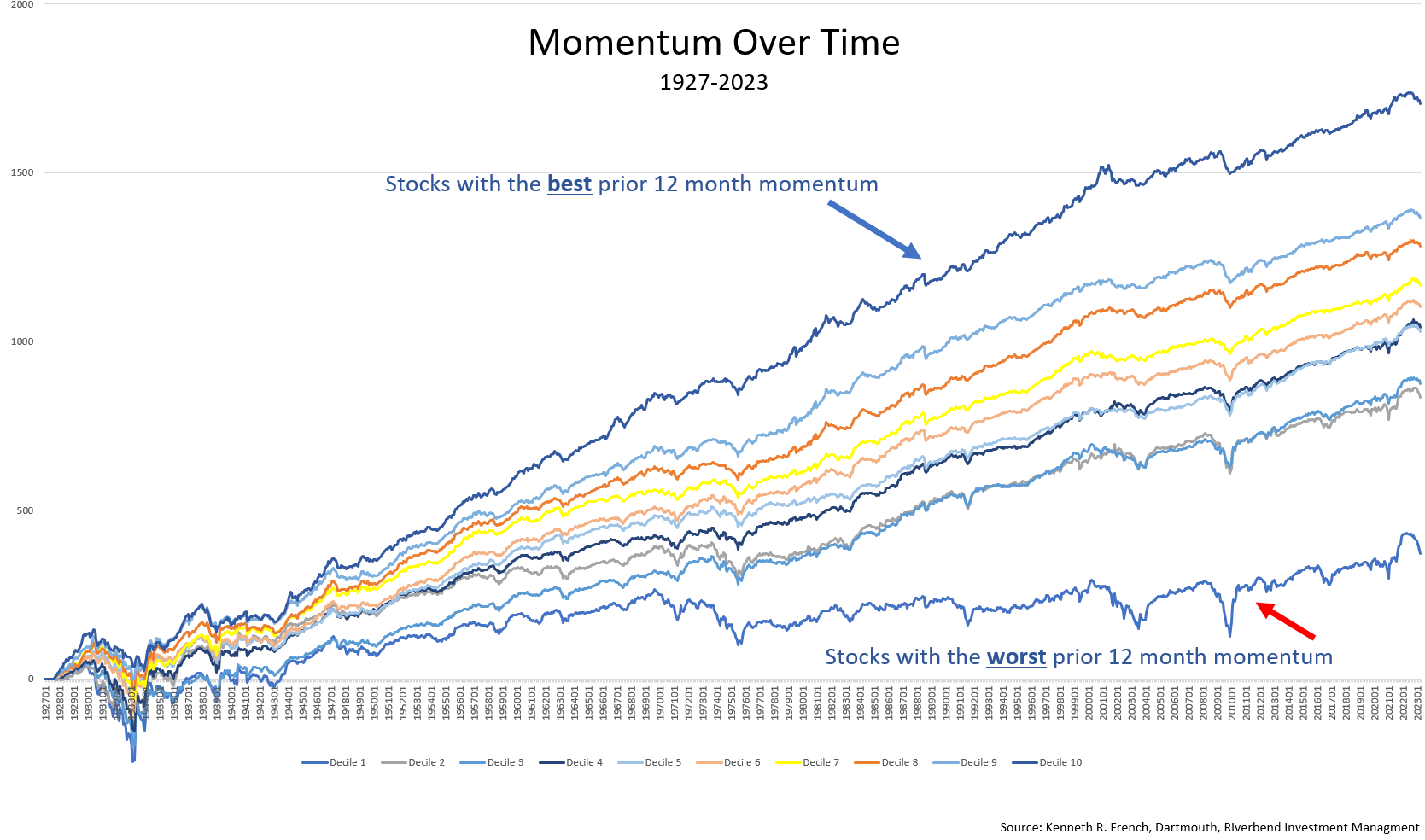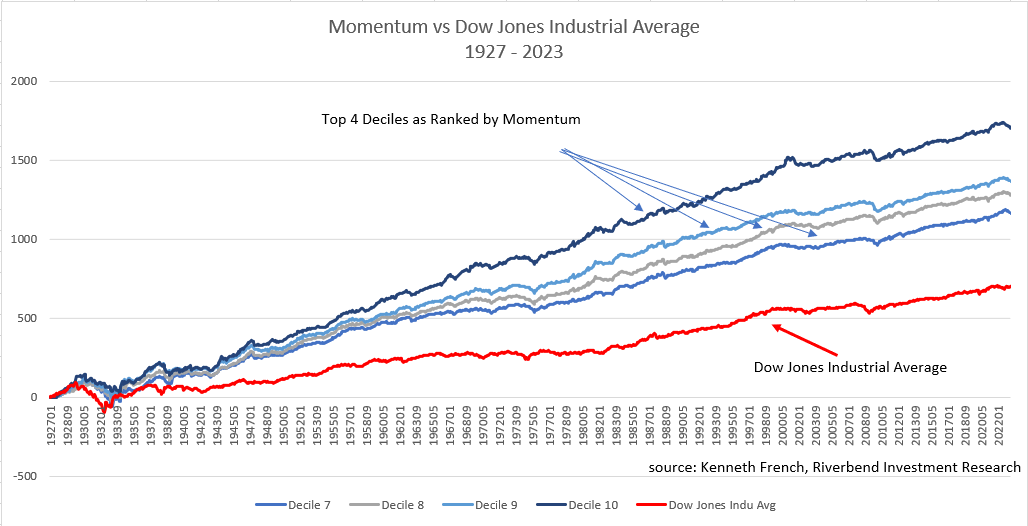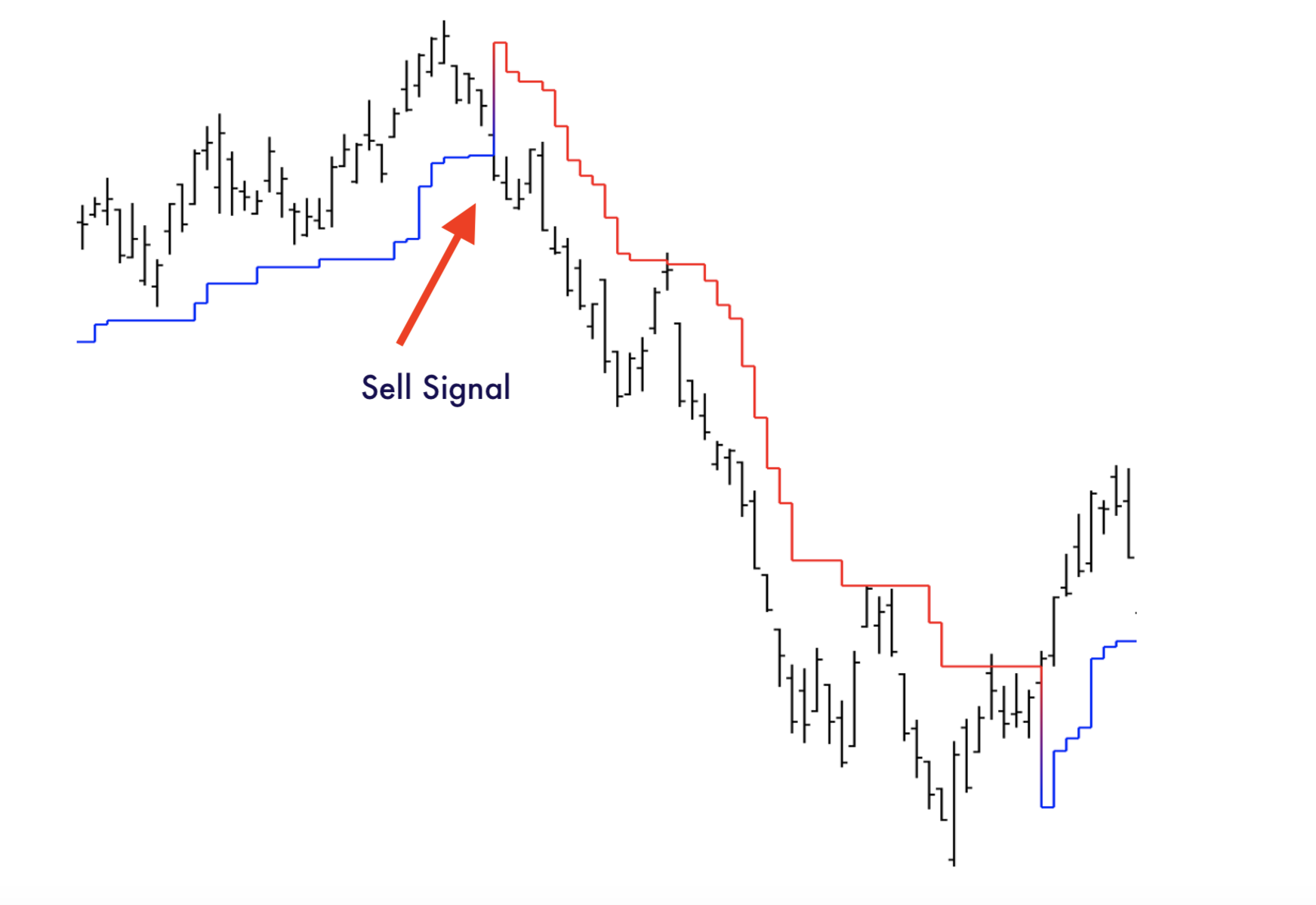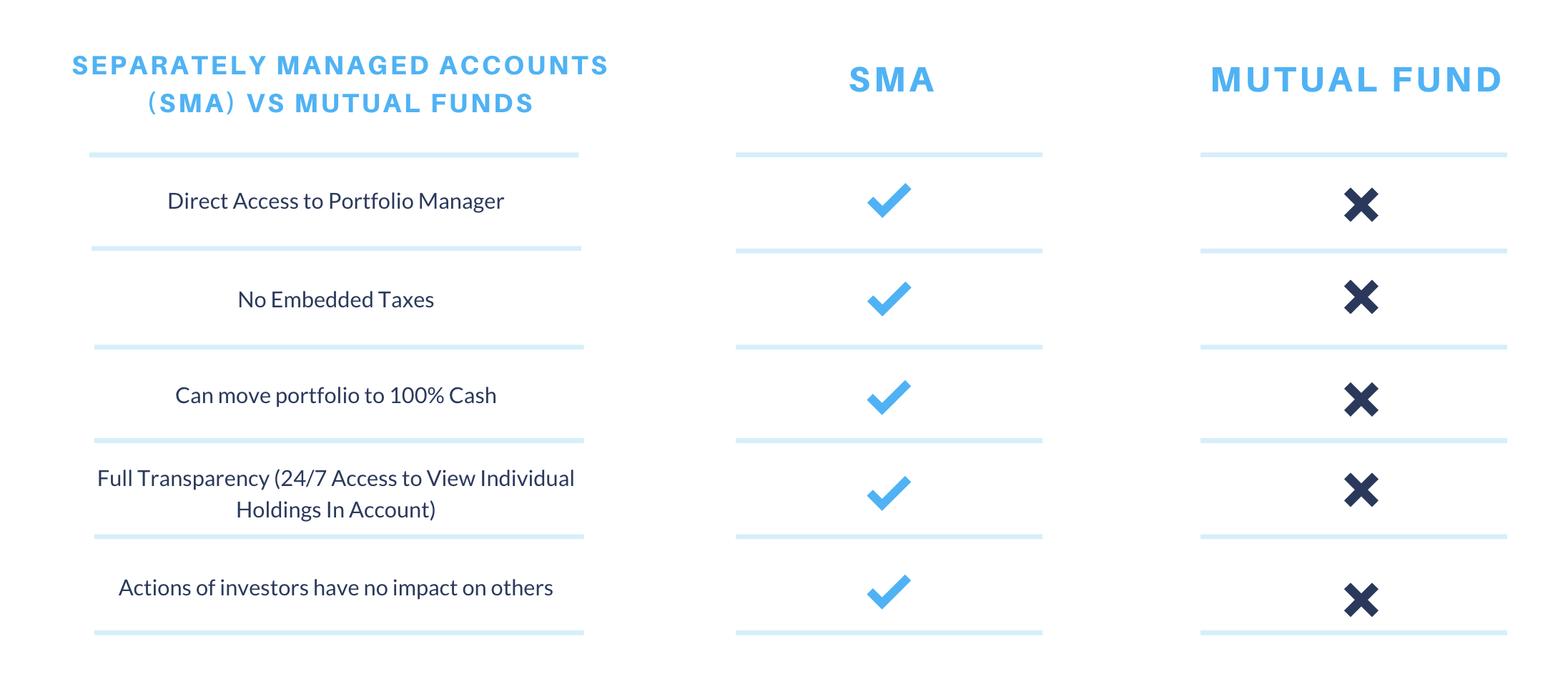Methodology

Active Investment Management
We don’t believe in buy-and-hold strategies, instead we manage our clients’ portfolios using an unemotional, quantitative system to help alert us to changing market conditions.
This allows us to focus on areas that are outperforming the market relatively during a rising market, with a goal of preserving wealth during market downturns.
A Focus On Momentum
Momentum investing is a systematic investment approach that capitalizes on the continuance of existing market trends. This method entails buying securities that have exhibited an upward price trend and selling those with a downward trend. It operates on the assumption that securities that have performed well in the past will continue to excel, and those that have underperformed will continue to do poorly.
In contrast to ‘buy and hold’ strategies, momentum investing adopts a more dynamic approach, continually adjusting to the ebb and flow of market trends.
The concept of momentum investing is deeply rooted in behavioral finance, attributing its effectiveness to cognitive biases among investors. Investors can be slow to react to new information, leading to trends persisting for longer than traditional financial models might suggest. Likewise, investor sentiment and herd behavior can further perpetuate these trends.



An example of a trailing stop based on volatility – source: OPTUMA
Risk Management
Volatility is a widely-used measure of risk in financial markets, and it reflects the degree of fluctuation in the prices of assets, such as stocks or bonds. It is often used to gauge the level of uncertainty in the market, and as such, can provide valuable insights into the direction of the market and the likelihood of future price movements.
In this context, volatility can be used to indicate a change in trend in the stock market. One of the key reasons why volatility can indicate a change in trend is because it reflects the observed level of risk in the market.
Our strategies use this concept to help us manage risk within the portfolio.
Separately Managed Account Structure
Separately managed accounts (SMA) differ from mutual funds in that each portfolio is unique to a single account (hence the name) instead of being pooled together with other investors.
This allows the portfolio manager much more flexibility when managing the overall investment strategy of the accounts.
Clients can also have direct access to the portfolio manager, instead of the layers that a typical mutual fund may have.

